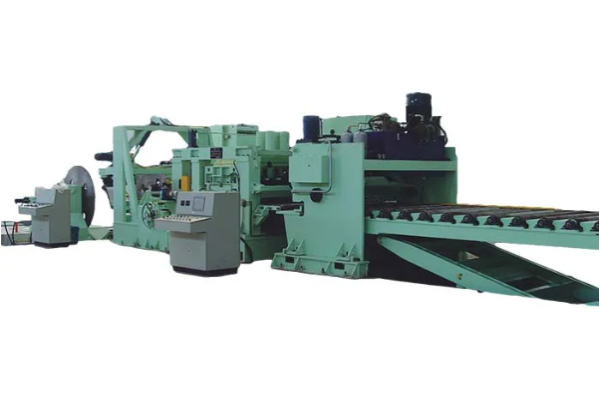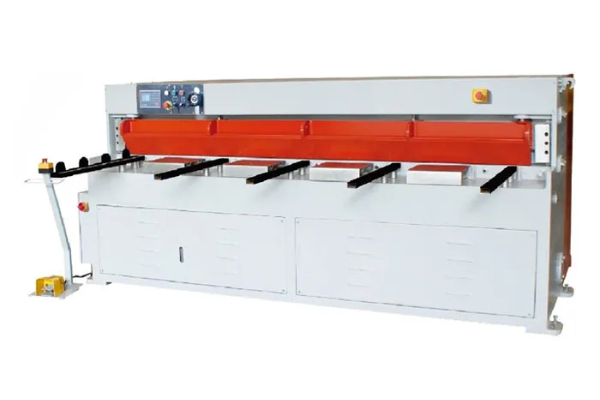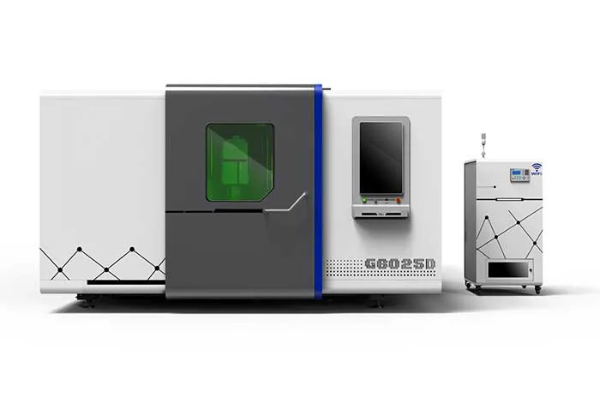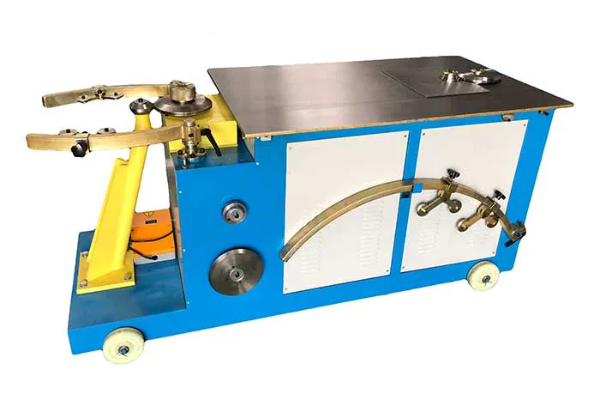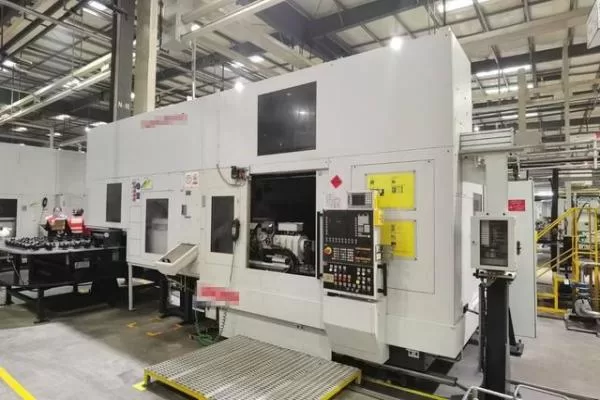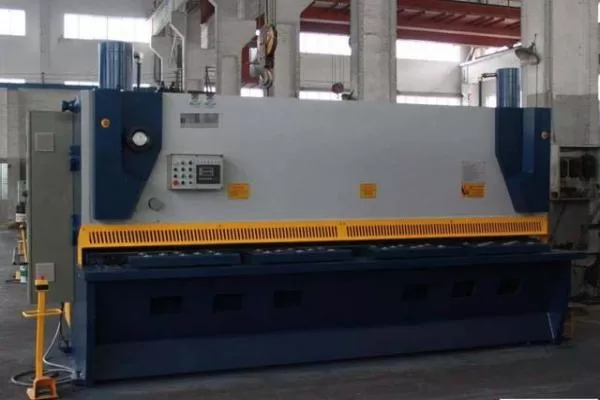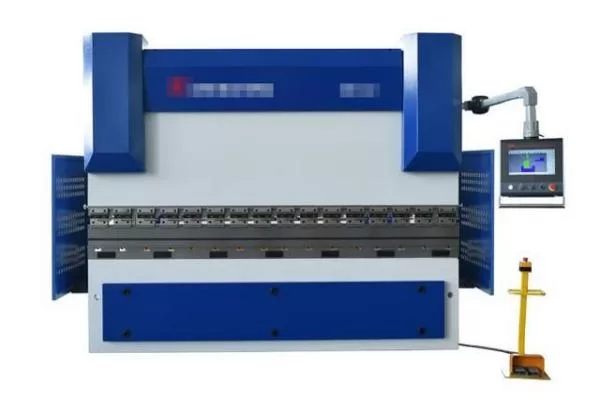
Top 10 Duct Bending Machines for Efficient HVAC Manufacturing
- By:Metmac
- 2024-05-20
- 462
In the competitive HVAC industry, optimization is crucial for profitability. Duct bending machines play a vital role in streamlining production, ensuring accuracy, and enhancing efficiency. This article explores the top 10 duct bending machines that revolutionize HVAC manufacturing, providing detailed insights into their capabilities and advantages.
Accuracy and Precision
Precision bending is essential for seamless ductwork and optimal airflow. Top-rated machines feature advanced control systems and precision cutters, ensuring accurate and consistent bends.
High-Resolution Encoders: Detect minute movements, enabling precise bend angles and repeatability.
Computerized Numerical Control (CNC): Allows for programming complex bend sequences, minimizing errors and operator dependency.
Laser Measurement Systems: Measure and adjust angles in real-time, eliminating guesswork and reducing waste.
Speed and Efficiency
Time is money in HVAC manufacturing. These machines optimize bending speed and overall production efficiency.
High-Speed Rollers: Increase throughput, reducing production time and labor costs.
Automatic Loading and Unloading: Minimize downtime and streamline workflow, freeing operators for other tasks.
Automated Bend Programming: Simplifies setup and reduces human error, accelerating production.
Versatility and Flexibility
HVAC systems require varying duct shapes and sizes. Top machines offer versatility and flexibility to meet diverse customer needs.
Multi-Axis Bending: Handles complex bends and shapes with ease, reducing the need for additional equipment.
Wide Material Compatibility: Compatible with various duct materials, including galvanized steel, stainless steel, and aluminum.
Variable Bend Radii: Allows for customization and adaptation to specific project requirements.
Durability and Reliability
HVAC manufacturing demands robust machinery that can withstand continuous operation. These machines are built to last and perform under demanding conditions.
Heavy-Duty Construction: Constructed from high-quality materials to ensure longevity and stability.
Industrial-Grade Components: Ensures reliability and optimal performance over extended periods.
Low Maintenance Requirements: Minimizes downtime and maximizes uptime, enhancing productivity.
User-Friendliness and Safety
Ease of use and operator safety are crucial for efficient operation. Top-notch machines prioritize user experience and minimize risks.
Ergonomic Design: Reduces operator fatigue and promotes comfort during extended bending sessions.
Intuitive Controls: Simplifies operation, allowing technicians to quickly master the machine’s capabilities.
Safety Features: Incorporates safety measures, such as guards, sensors, and emergency stop buttons, to protect operators and prevent accidents.
-
Advanced Sheet Metal Rolling, Cutting, and Folding Machines for Efficient Fabrication
2025/10/22 -
High-Precision Sheet Metal Bending and Cutting Solutions for Modern Manufacturing
2025/10/22 -
High-Precision Solutions from Leading Sheet Metal Cutting Machine Manufacturers
2025/09/11 -
Reliable Sheet Metal Equipment for Sale to Support Precision Fabrication
2025/07/17
-
High-Performance Sheet Metal Equipment for Sale: Forming and Shearing Solutions for Modern Fabrication
2025/10/22 -
Precision and Performance: Advanced Sheet Metal Processing Solutions
2025/10/17 -
Advanced Sheet Metal Press, Shearing, and Forming Machines
2025/10/17 -
High-Performance Sheet Metal Laser Cutting Machines for Sale — Precision and Efficiency Combined
2025/10/17
-
A Guide to the Latest Innovations in Sheet Metal Folding Machines
2024/11/29 -
Key Features to Consider When Investing in a Sheet Metal Folding Machine
2024/11/28 -
Enhancing Precision with Advanced Sheet Metal Folding Machines
2024/11/27 -
How to Choose the Right Sheet Metal Folding Machine for Your Workshop
2024/11/26
